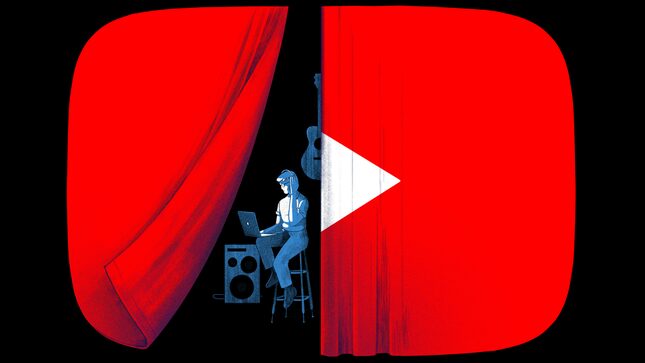The Composers Who Write YouTube Influencers' Music, Often for Free
Latest
Illustration: Chelsea Beck
Emma Chamberlain is a chronic song repeater. Though she’s one of the most famous teenagers on the planet, a YouTuber with nearly 8.5 million subscribers, for years she’s elected to soundtrack her meticulously edited vlogs with a selection of instrumentals and sound effects provided, often for free, from iMovie or royalty-free sites. These scores aren’t just background; they have become an identifiable player in her videos, an incidental music that highlights the emotional depth in a confession or plays up humor in a cringe-y moment. Her fans recognize her vlogs by her unique editing style, but they’re also intimately familiar with how a Chamberlain video sounds. She has all but popularized a vlog version of a leitmotif.
Chamberlain isn’t alone in her ample usage of supposedly copyright-free music. Amidst the constant content-churn of the YouTube ecosystem, creators don’t have enough time—or for those without million-dollar brand deals, money—to license or commission backing soundtracks for every video they post. So they resort to stock music, made up of short benign clips that when edited creatively can feel specific to a particular video. (Chamberlain did not respond to Jezebel’s requests for comment.)
-

-

-

-

-

-

-

-

-

-

-

-

-

-

-

-

-

-

-

-

-

-

-

-

-

-

-

-

-

-

-

-

-

-

-

-

-

-

-

-








































